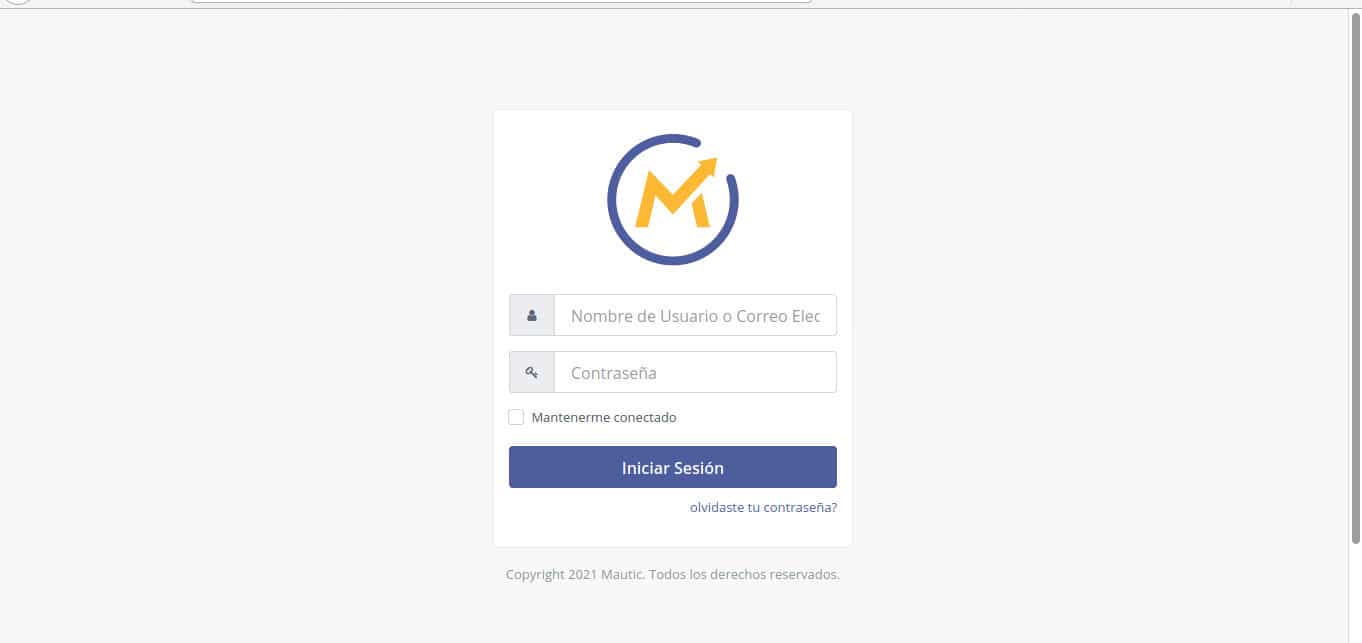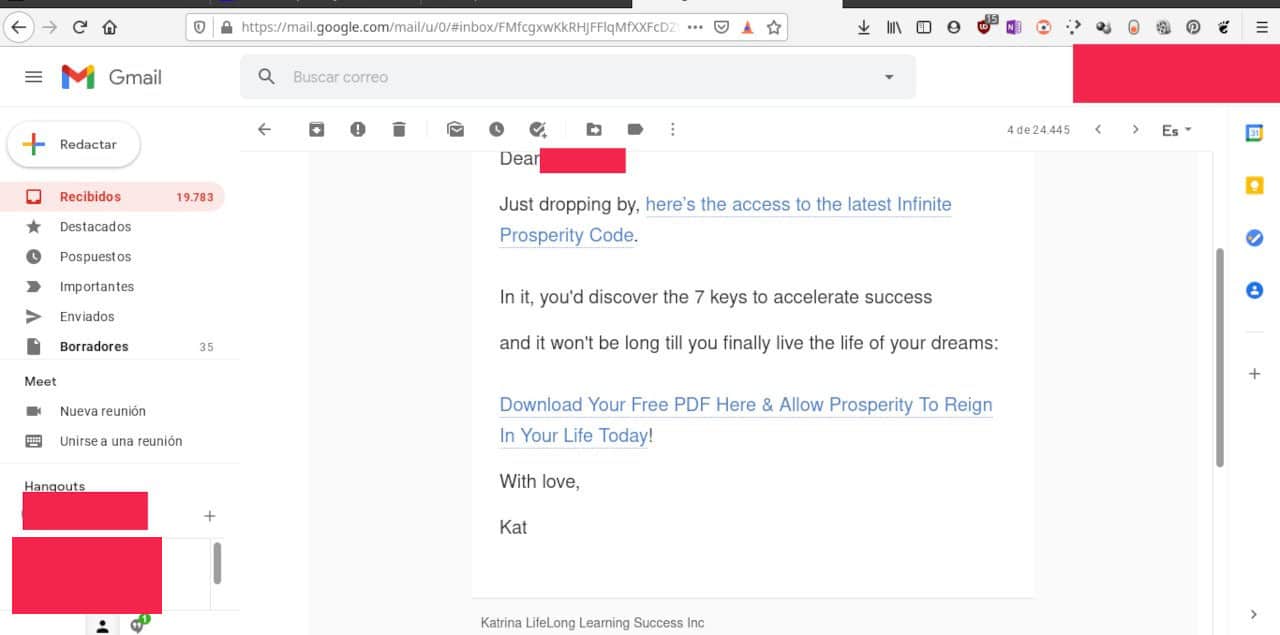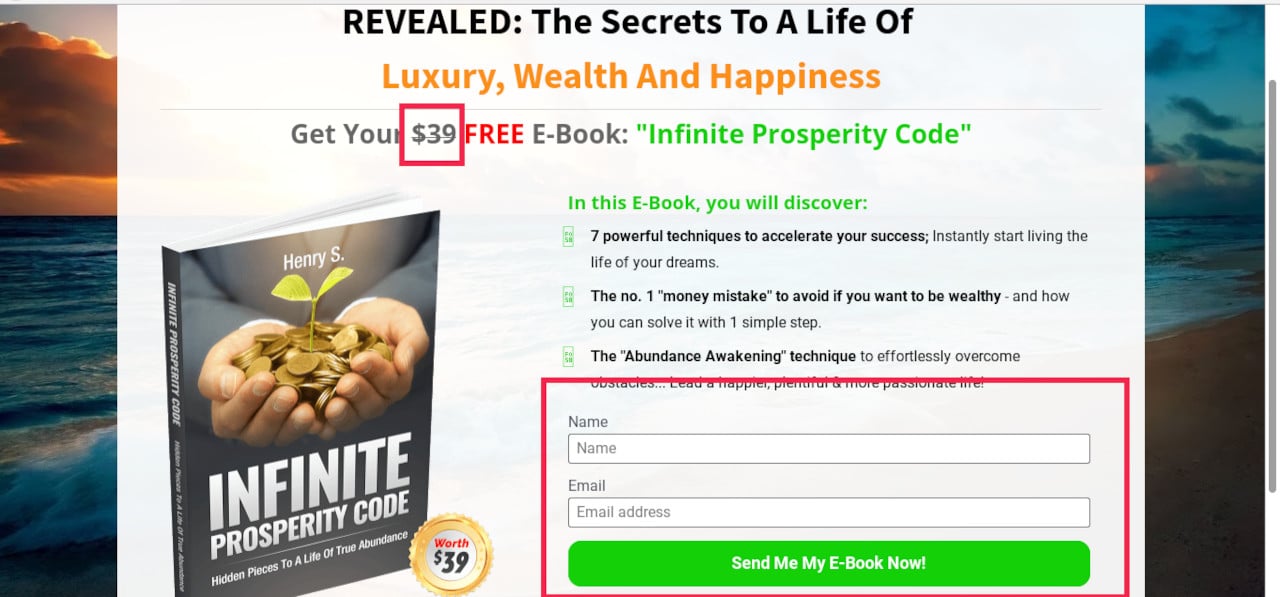
A few days ago she spoke of Mautic. Is about an open source tool to automate marketing tasks. I found it interesting to show you how it works.
What is Mautic
mautic is an open source project created by David Hurley and controlled by the same company behind the Drupal content manager and community contributions. It has a paid version that is hosted on its servers and a free one for self-hosting on the user's own.
The goal behind the project is equality. The Mautic community believes in giving each person the power to understand, manage and grow their business or organization.To help achieve this, developers seek to put powerful marketing automation software in the hands of each user
In case you didn't read the previous article, I remind you of the concept of marketing automation.
Marketing automation is a technology that manages marketing processes and cross-functional campaigns, through multiple channels, automatically.
With marketing automation, companies can target customers with automated messages via email, the web, social media, and text. Messages are sent automatically, according to a set of instructions called workflows. Workflows can be template-defined, tailored from scratch, or modified mid-campaign to achieve better results.
Using it helps you get, keep and rank potential customers, as well as the measurement of the overall return on your campaign investment.
How to use Mautic
Capture and follow-up of prospects
If you are over 30 and used email, you are probably tired of receiving spam. In many cases of things that did not even interest you (My favorite was one that offered me to own my own Swiss bank. I swear I was tempted). Over time, anti-pam laws became tougher and mail services increased the effectiveness of their filters.
The digital marketers were refining their strategy and they remembered Peter Drucker's advice. "Marketing is not going out to sell, it is making them come to buy you." ANDBulk mailing has shifted to forms and landing pages. With Mautic you can create forms to insert on any website or page that includes a form.
Let's take a closer look at the two concepts. A form is just that, a form like any of the ones you can create with Google Docs. It is used to collect data. A landing page is a web page whose sole mission is to contain a text with an offer and a form that the client completes with their data. Take a look at this email.

Email redirecting to a landing page
The text begins with the offer of a pdf that guarantees prosperity. Describe the content below and repeat the link. By pressing it you get to this landing page.

Landing page with the offer and the form to download it
When we get to the landing page we find the promise, a life of luxury, wealth and success. And, to finish sweetening it, he clarifies that the book usually has a cost of 39 dollars. Of course, whoever wants to download it will have to fill out the form.
Okay, I'm the first to admit that I could have found a slightly more serious example. But, it works to exemplify what the procedure is like.
Using landing pages has some advantages over websites
- You don't need to worry about the search engine algorithm. Since the link is sent by mail or social networks, the position in the search engines is irrelevant.
- Lower costs. You don't have to have a domain for each product family, spend on complex web design, or hire powerful hosting.
At the same time it allows you to eliminate dependence on social networks. Interested parties go to your website and the data is stored in your database. Unless you want it, they are not shared with anyone.
How to use Mautic. Series Index
Fourth part (in preparation)
Excellent article
Thanks for saying it